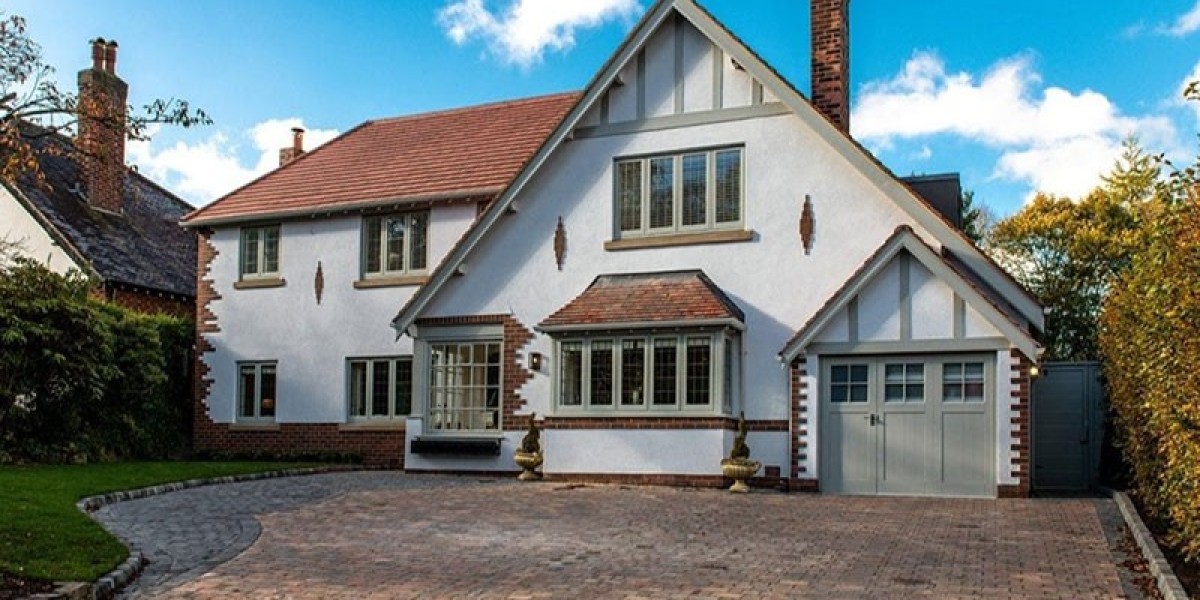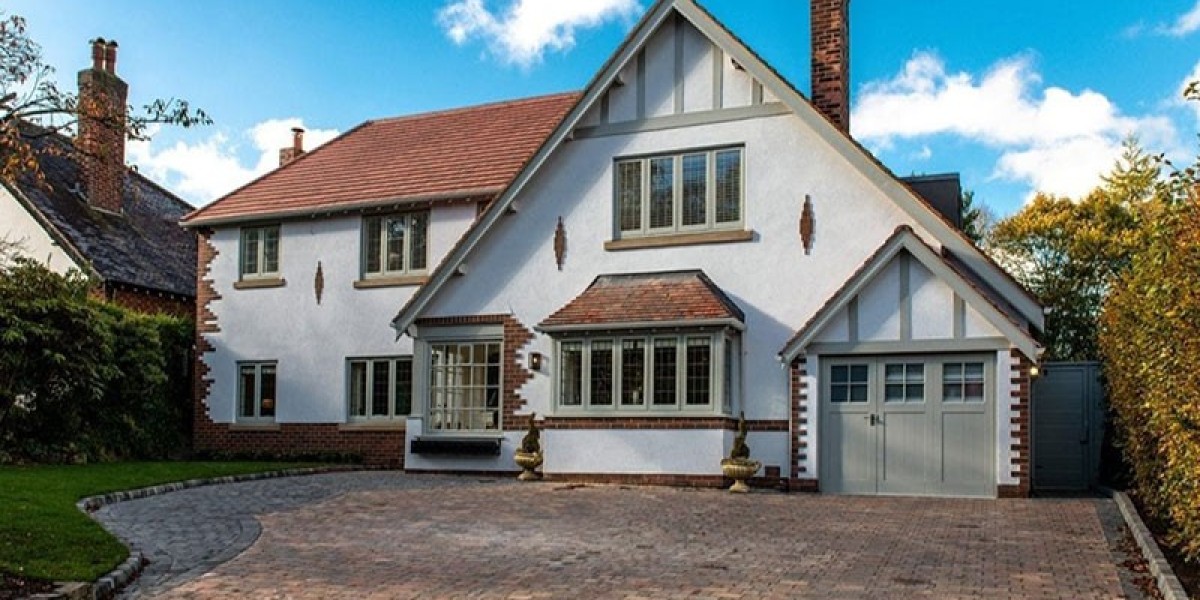Window installation is a crucial aspect of home improvement and construction that affects energy efficiency, aesthetics, and the overall comfort of a living space. This report provides an overview of the window installation process, the types of windows available, the benefits of professional installation, and key considerations for homeowners.
Understanding Window Types
Before delving into the installation process, it is essential to understand the different types of windows available in the market. The most common window types include:
- Double-Hung Windows: These windows have two sashes that slide vertically. They are popular for their traditional look and ease of cleaning.
- Casement Windows: Hinged on one side, casement windows open outward, providing excellent ventilation and unobstructed views.
- Sliding Windows: These windows consist of two or more sashes that slide horizontally. They are ideal for wide openings and offer a modern aesthetic.
- Awning Windows: Hinged at the top, awning windows open outward, allowing for ventilation even during rain.
- Bay and Bow Windows: These are multi-faceted windows that protrude from the home’s exterior, creating additional space and enhancing the view.
- Picture Windows: Fixed windows that do not open, designed to provide unobstructed views and allow maximum natural light.
Benefits of Window Installation
Installing new windows can significantly enhance a home’s value and comfort. Some key benefits include:
- Energy Efficiency: Modern windows are designed with energy-efficient materials and technologies, such as double or triple glazing, low-emissivity (Low-E) coatings, and gas fills, which help reduce heating and cooling costs.
- Noise Reduction: Quality windows can minimize outside noise, creating a more tranquil indoor environment.
- Aesthetic Appeal: New windows can improve the exterior appearance of a home, increase curb appeal, and allow for better natural light.
- Increased Home Value: Upgrading windows can raise a home’s market value, making it more attractive to potential buyers.
- Enhanced Comfort: Properly installed windows can eliminate drafts and cold spots, improving overall comfort inside the home.
The Window Installation Process
The window installation process can be broken down into several key steps:
- Preparation: Before installation, homeowners should measure the existing window openings to ensure the new windows will fit properly. It is also essential to choose the right window type and style that meets both aesthetic preferences and functional needs.
- Removal of Old Windows: The installation team will carefully remove the old windows. This process involves taking out the trim and sashes and may require the use of tools like pry bars and saws.
- Inspection of the Opening: Once the old window is removed, the opening should be inspected for any damage, such as rot or mold. Any issues should be addressed before proceeding with the installation of the new window.
- Installation of New Windows: The new window is placed into the opening and leveled. It is essential to ensure that the window is square and plumb for proper operation. The window is then secured with nails or screws.
- Sealing: After the window is installed, gaps between the window frame and the wall should be sealed with foam insulation or caulk to prevent air leaks.
- Finishing Touches: The final step involves installing trim around the window, which may include casing and sill. This not only enhances the appearance but also adds an extra layer of insulation.
Professional vs. DIY Installation
While some homeowners may consider a do-it-yourself (DIY) approach to window installation, there are several advantages to hiring a professional:
- Expertise: Professional installers have the experience and knowledge to handle various window types and installation techniques, ensuring that the job is done correctly.
- Time Efficiency: Professionals can complete the installation more quickly than a DIY approach, which may take longer, especially for those without prior experience.
- Warranty: Many window manufacturers offer warranties that require professional installation to remain valid. Hiring a professional ensures that the installation meets the manufacturer's specifications.
- Safety: Installing windows can involve working at heights and using power tools, which can pose safety risks. Professionals are trained to handle these situations safely.
Key Considerations for Homeowners
When planning for window installation, homeowners should consider the following factors:
- Budget: Determine a budget that includes the cost of windows, installation, and any additional materials needed. It’s important to balance quality with affordability.
- Window Style: Choose a window style that complements the architectural design of the home. Consider factors such as energy efficiency, maintenance, and functionality.
- Local Climate: The climate in which the home is located can influence window choice. For instance, homes in colder climates may benefit from triple-glazed windows, while those in warmer areas might prefer Low-E coatings to reflect heat.
- Building Codes: Check local building codes and regulations regarding window installation, as there may be specific requirements for egress windows in bedrooms or other safety considerations.
- Timing: Consider the best time for installation. Spring and fall are typically ideal due to moderate weather conditions. Avoid installing windows in extreme heat or cold, which can affect the materials used.
Conclusion
Window installation is a significant investment that can enhance a home’s comfort, energy efficiency, and aesthetic appeal. By understanding the types of windows available, the benefits of professional installation, and the steps involved in the process, homeowners can make informed decisions that will lead to successful outcomes. Whether opting for a DIY approach or hiring professionals, careful planning and consideration of key factors will ensure a satisfactory window installation experience.












